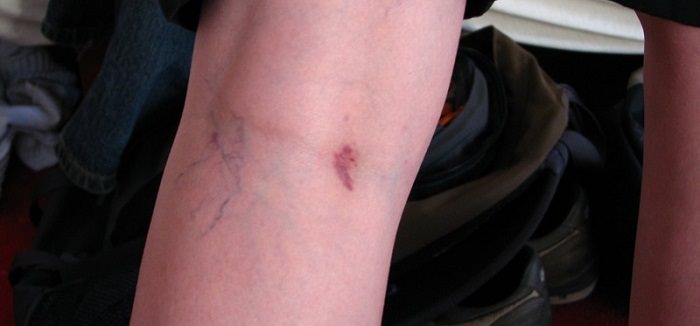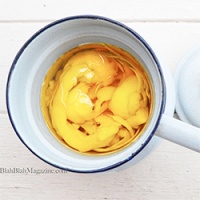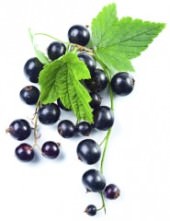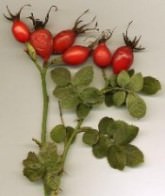
If you've been finding small, red or blue-colored, branch-like veins on your legs or even face, in the form of short, jagged lines, then you are most probably suffering from the condition called spider veins. Spider veins are similar to varicose veins, which look like bulging cords and are sometimes found to be swollen. However, spider veins are smaller and are closer to the skin surface. In the USA, up to 55% of women and 45% of men suffer from this vein problem. Although the chances of getting it tend to increase as you get older, there are other contributing factors of spider veins you can easily avoid.

What are spider veins, and how are they caused?
Spider veins and varicose veins may both be caused when veins experience unusual pressure due to lack of activity, excess weight, and sometimes even sun exposure. Our veins transport blood from our heart to all parts of the body and transport it back against the force of gravity, with valves along the way preventing the blood from going back down. The weakening of these valves, which happens as a result of the previously-mentioned pressure, leads to the gathering of blood in some parts of the body, very commonly the legs. As a result, veins change color or swell up, and appear on our skin as spider veins or varicose veins. Sometimes, the spider veins may also cause discomfort, itching or burning in the legs, and less often, even inner bleeding.
What can I do to prevent spider veins?
Although not all spider veins can be prevented, there are some measures you can take in order to reduce the chance of their occurrence. One should take into account that some adults are more susceptible to spider veins than others, due to factors such as aging, genetics, obesity and past injuries. Take note of the following useful tips, especially if you spend hours in the same position every day.

How can spider veins be treated?
Laser treatment can eliminate spider veins, but may be too expensive and not worth the risk. The same goes for sclerotherapy, which is a costly injection one can take to improve the appearance of spider veins for up to two years. These may be useful, but they also have their own potential physical side-effects. Besides, results may depend on your age and how serious your spider veins appear to be. This is where natural remedies come in handy, offering a range of different natural sources with their own valuable properties. This is not only the cheapest option, but also the healthiest. The following are some recommendable natural remedies worth considering to beat your spider veins.
1. Basil

With its properties of vitamin K, a vitamin that is vital for the health of blood vessels and blood flow, Basil is said to be a highly effective remedy for the appearance and occurrence of spider veins. In fact, it has been proven that, if consumed daily, it can fade and shrink spider veins in the span of one and a half months.

Make lemon oil by combining grated lemon peel and oil, set it over low heat and cook it very gently for infusion. After around 10 minutes, remove it from the heat and leave it to cool. Make sure you seal it tightly when storing. The resulting infusion can be applied to the area affected by spider veins and the immediately surrounding skin to ease swellings if any, and it can also help improve circulation a great deal if massaged well.

This herb not only lessens the effect of spider veins, but can also prevent the formation of new ones by improving circulation. Inflammation and diuresis (which aids to cleanse the blood and body) can also be improved thanks to this herb. You can make your own drink by adding 2 to 2 and a half teaspoons of its dried leaves to a liter of water.

You can make oil from rose hips by adding oil to rose hips and storing it for 6 weeks to let it infuse. Massaging the resulting rose hip oil into the area of spider veins may be beneficial for circulation, alleviation of the spider veins and can help support their surrounding tissues, due to the astringent properties rose hips contain. You can also create a compress from this herb and apply it directly to the affected skin as a variation.
5. Bay Leaves

By adding these to extra virgin olive oil, you will be able to moisturize the skin with the mixture of minerals, vitamins and antioxidants this herb holds. This will also help alleviate your spider veins greatly by applying it to the troublesome area. You may also choose to warm up this combination before application in order to be able to strain the leaves.
Main photo: hollaBackpackers